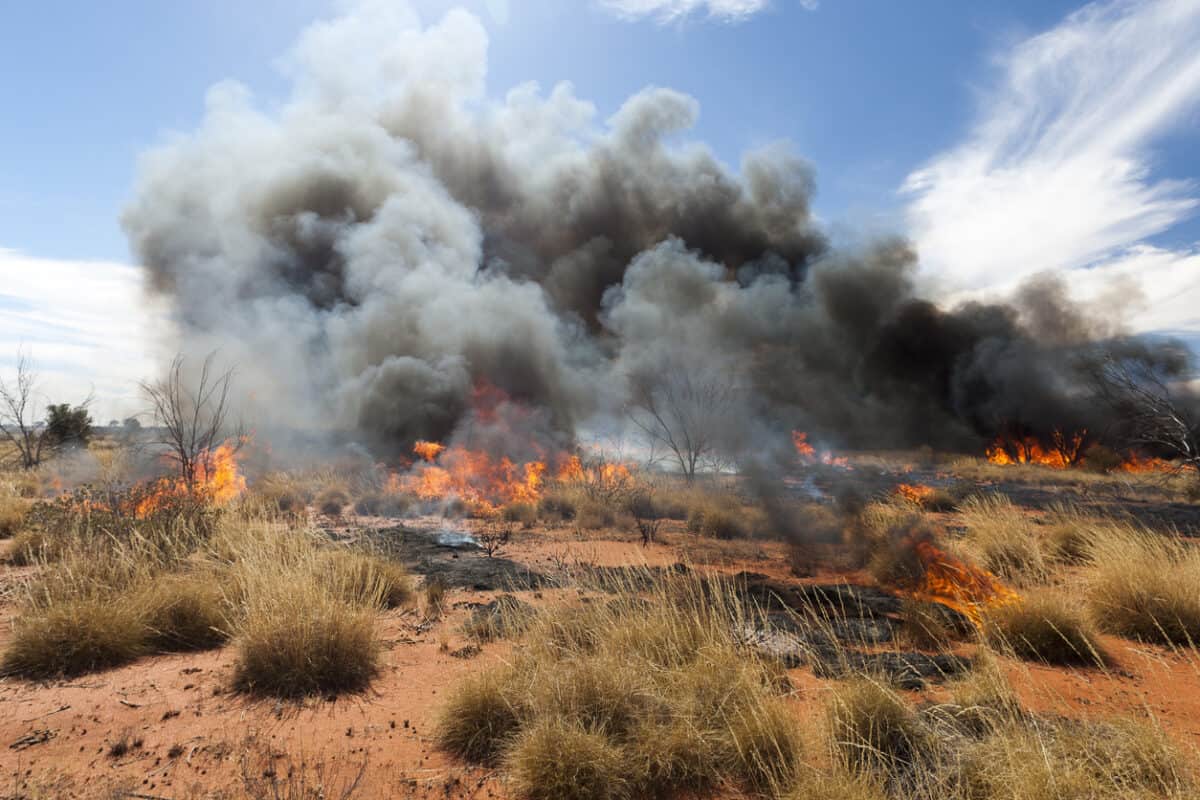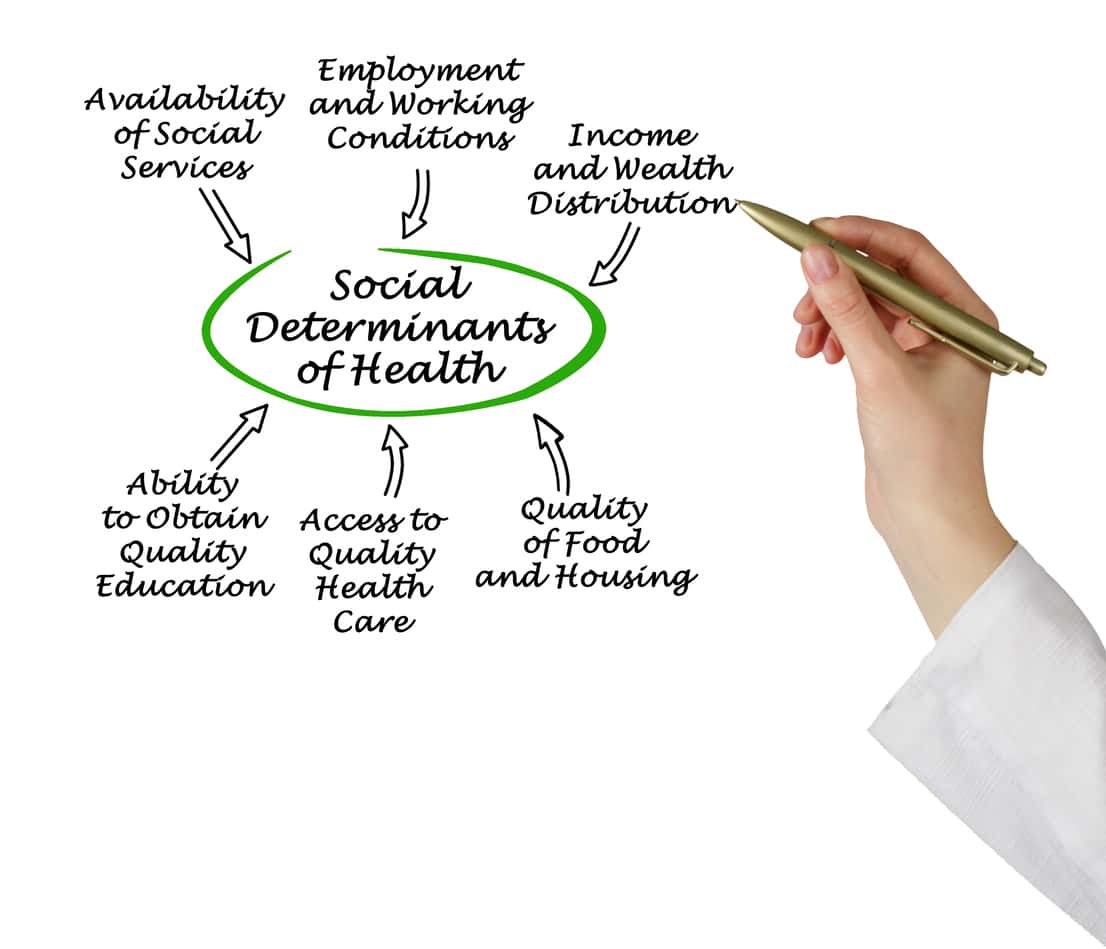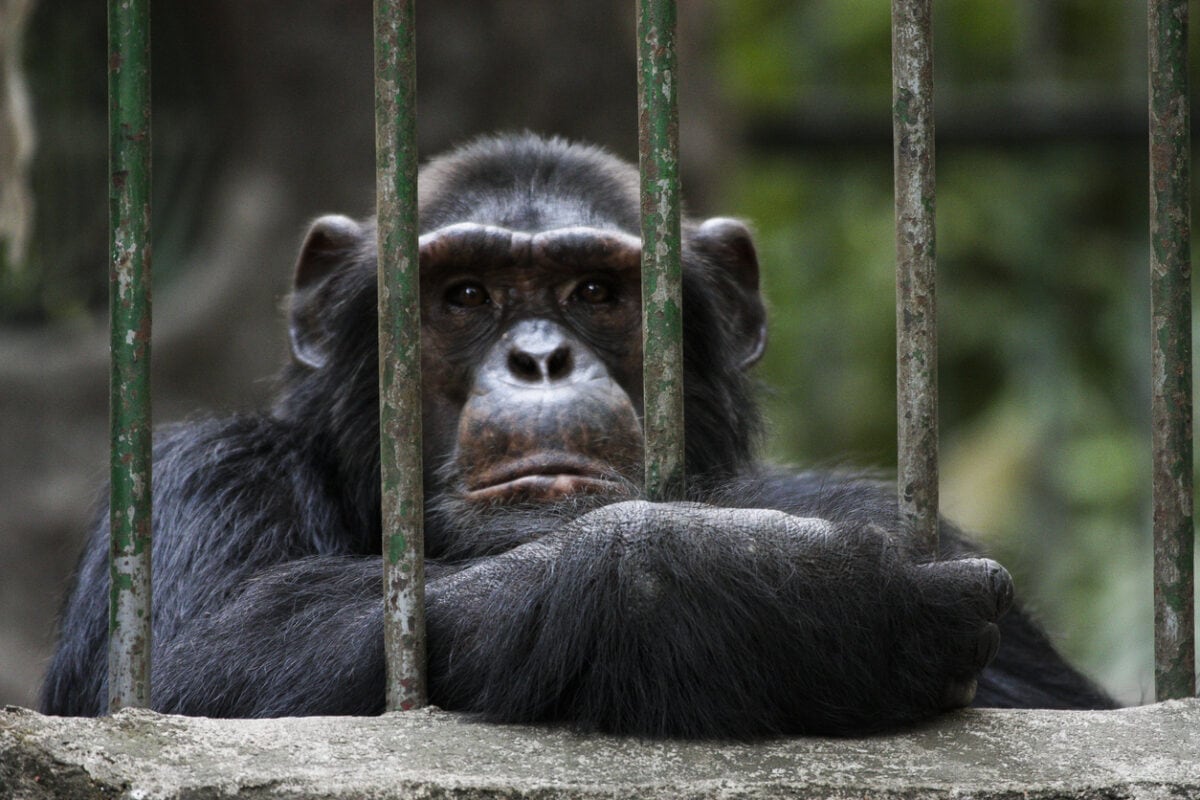To all readers who do not reside in Australia, SafetyAtWorkBlog is applying a 50 per cent discount on annual subscriptions for the month of September 2023. This drops the subscription price to $125 Australian dollars.
This subscription provides full access to over 3000 work health and safety articles, but for September and October, there will also be a number of commissioned articles from OHS specialists on OHS from different and international perspectives.
SafetyAtWorkBlog will also be covering the 23rd World Congress on Safety and Health at Work to be held in November 2023 in Sydney, Australia – Exclusive content and exclusive interviews.
If you are interested in this special discount offer, email HERE for the special discount code before subscribing.







